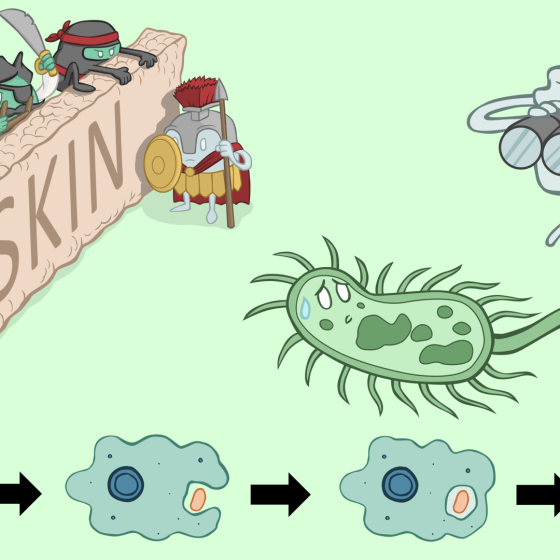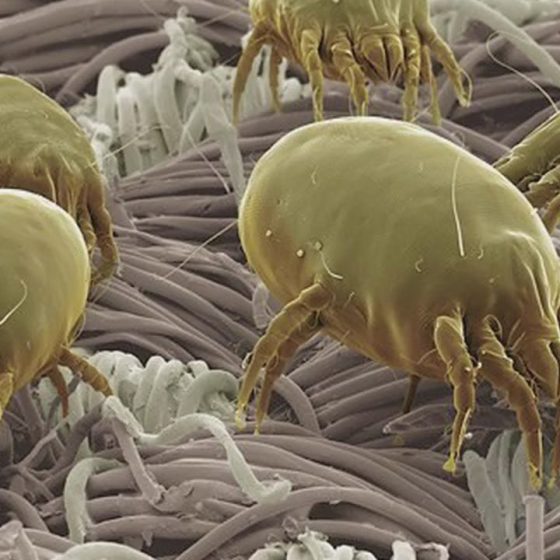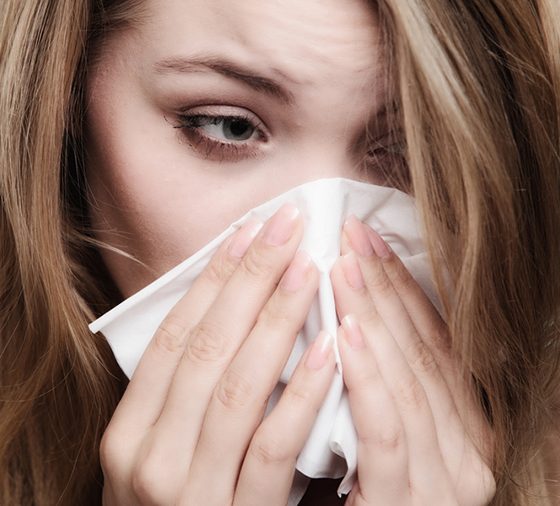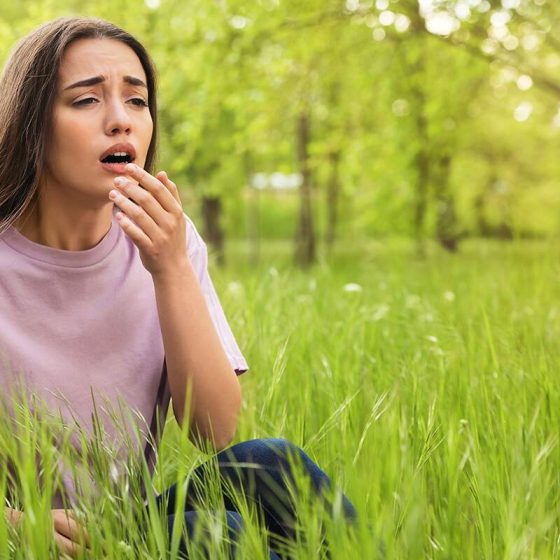Thunderstorm asthma
What is thunderstorm asthma? Thunderstorm asthma is triggered by a mixture of grass pollen in the air and thunderstorm conditions. It happens when pollen grains are drawn up into the clouds as a thunderstorm forms. The pollen grains absorb water, swell and burst open. Particles containing pollen allergens are released. The wind can push these tiny particles down to ground level where they can be breathed into the lungs. Thunderstorm asthma usually affects people in the windy period before the rain starts. It usually happens in spring and early summer. Even people who have never had asthma before can get thunderstorm asthma.








